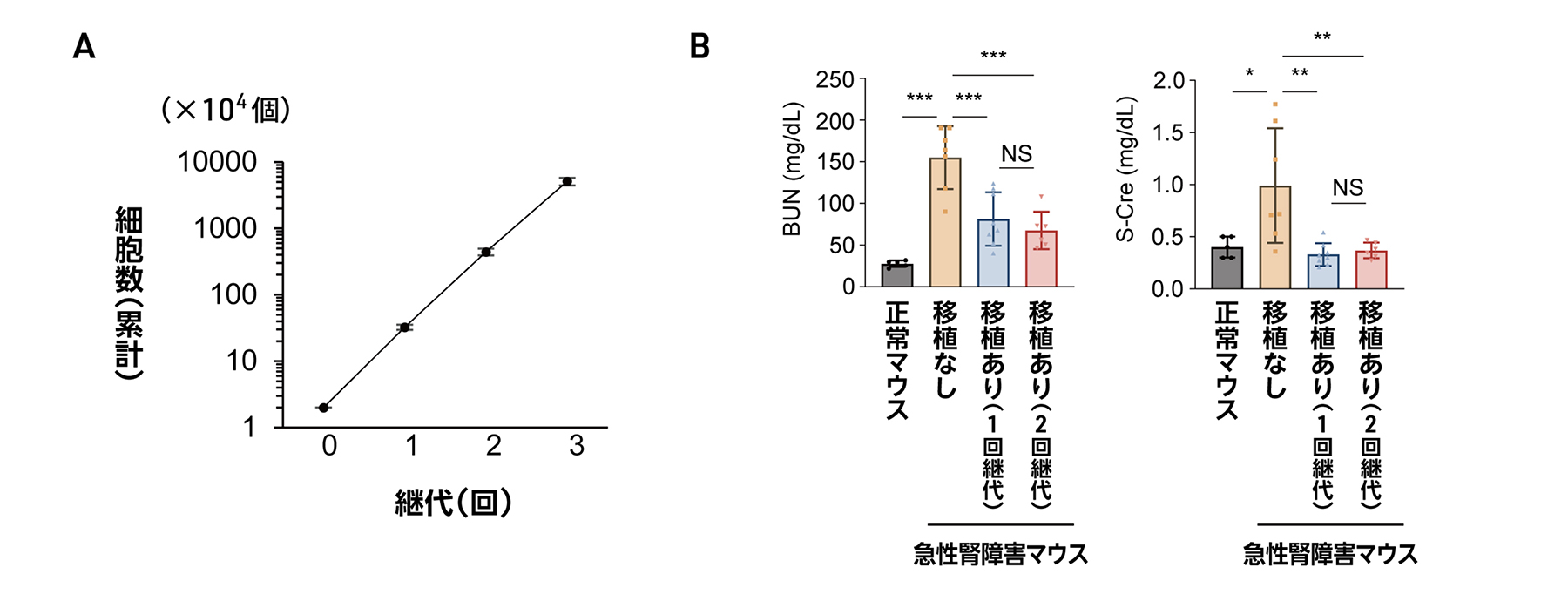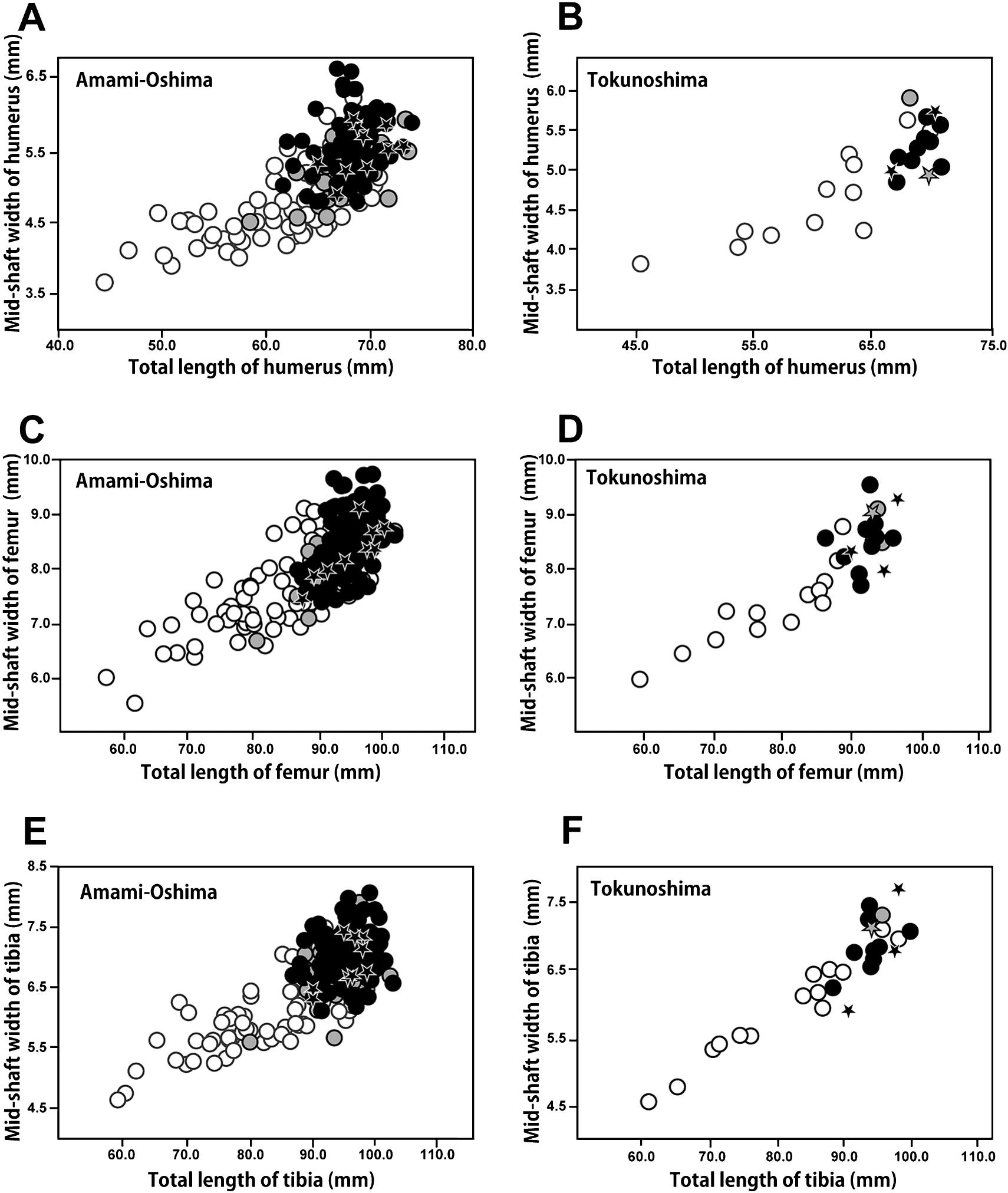2025-04-02 東京大学,才能教育研究会
<関連情報>
- https://www.c.u-tokyo.ac.jp/info/news/topics/20250402140000.html
- https://academic.oup.com/cercor/article/35/4/bhaf072/8102341
音楽練習の違いを反映した脳活動パターン:楽曲の文脈および構造の再認において耳で聴くことと楽譜を読むことの対比 Brain activation patterns reflecting differences in music training: listening by ear vs. reading sheet music for the recognition of contexts and structures in a composition
Reiya Horisawa, Keita Umejima, Seizo Azuma, Takeaki Miyamae, Ryugo Hayano, Kuniyoshi L Sakai
Cerebral Cortex Published:02 April 2025
DOI:https://doi.org/10.1093/cercor/bhaf072

Abstract
When practicing a new piece of music, what are the neural substrates influenced by short-term training such as listening to recorded sources or reading sheet music? Do those neural mechanisms reflect the effects of long-term training in music? In the present functional magnetic resonance imaging study with intermediate piano players in the middle of acquiring advanced knowledge and skills in music, we compared short-term training of listening to recorded pieces (“Listen”) and reading sheet music (“Read”). Participants were “Multi-” and “Mono-instrumentalist” groups according to whether they played multiple instruments or only the piano. We used an error-detection task with music stimuli including structural errors made by swapping 2 phrases within a composition, thereby focusing on contextual comprehension of musical phrases. Overall performances were significantly better under Listen than under Read, and significantly better in Multi than in Mono. Moreover, we observed left-lateralized frontal activations under Listen for Multi, whereas bilateral temporo-frontal regions were activated under Read for both groups. Focusing on individual differences under Read, we found a positive correlation between the frontal activations and the accuracy rates for Mono. Overall, our results elucidate how the neural substrates of judgments on structures and context in music are influenced by both long-term and short-term training.


